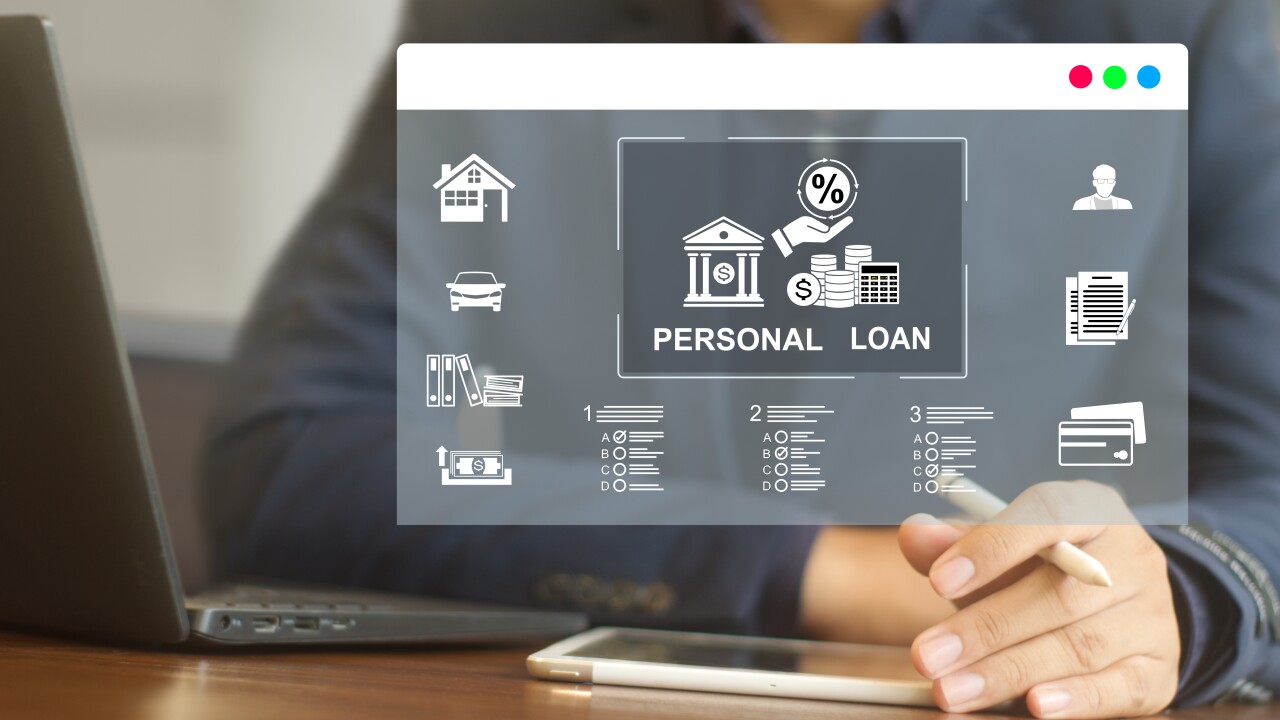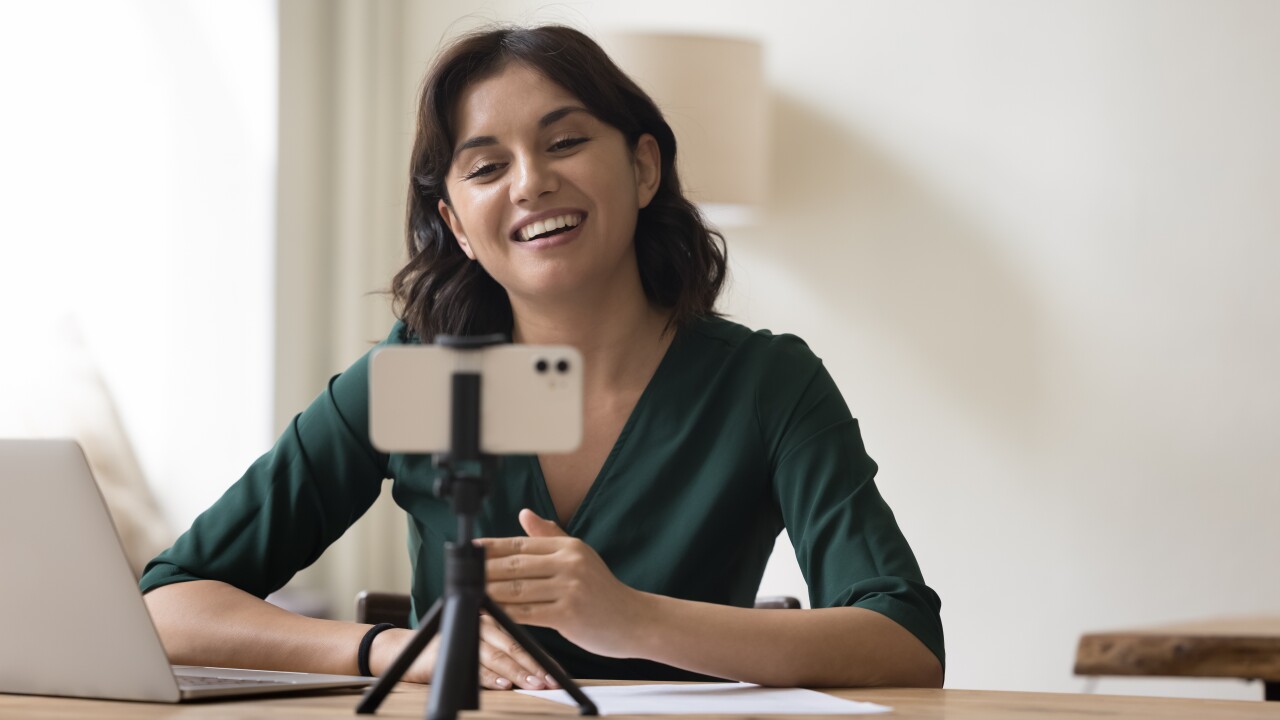S&P Global Ratings has forecast a lagging 12-month leveraged-loan default rate of 8% into next year, in an first-time default projection for the leveraged-loan index S&P publishes with the Loan Syndications & Trading Association.
Loan issuers in the hotel/leisure, oil and gas, retail and business equipment/services industries – which make up nearly a quarter of the S&P/LSTA Leveraged Loan Index – are expected to lead the default tally over the next 12 months, according to a report from S&P.
“Given the amount of liquidity support for new debt in this recession, the historically high amount of leverage on issuer balance sheets leading up to the downturn, and S&P Global economists' expectations for a drawn-out recovery, defaults may persist at some level above the historical average rather than peak and trough,” the report stated.
Research from S&P Global Ratings states the index will increase to 8% by June 2021 from 4.6% as of September, based on a scenario of 85 issuers going into default between July 1, 2020 and next June.
Measures to stem the spread of COVID-19, such as non-essential business closings, and the recent collapse of prices in the oil and gas sector “have contributed to an uptick in defaults and a historically high number of downgrades” through the second quarter, the report stated. S&P’s economists already forecast a “prolonged” slow recovery from the pandemic-driven economic crisis, with GDP growth reaching 3.9% next year after contracting 4% in 2020.

“Continued waves of new infections, no widely available vaccine, no new fiscal stimulus, and rising trade tensions with China present downside risks to this outlook,” the report stated. “This backdrop will continue to strain already highly levered firms with reduced revenues, pushing firms closer to insolvency, particularly speculative-grade (rated 'BB+' or lower) companies in the most affected sectors.”
The proportion of issuers in the new index that had near-default CCC+ ratings at the end of 2019 was just 8%; but that share increased to 14% by the end of the third quarter. “The count of loan facility downgrades has ebbed since peaking in the months of March through June; however, uncertainty surrounding the full extent of COVID-19 on the economy leaves room for further deterioration.”
The 8% is a base-case projection from S&P. Under S&P’s best-case scenario of fewer issuer defaults (29), the default rate would fall to 2.5%. Its worst case involves 103 issuer defaults resulting in an all-time high default rate of 9.5% midway through 2021.





